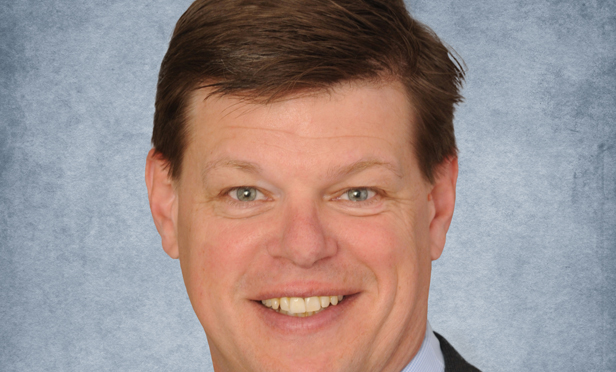 Nichols: “Slower rates of growth have supplanted the substantial gains recorded earlier in the cycle.”
Nichols: “Slower rates of growth have supplanted the substantial gains recorded earlier in the cycle.”
NEW YORK CITY—Go. Book your vacation. The hotel industry is waiting to accommodate you. Marcus & Millichap’s Midyear Hospitality Research Report reveals an industry still on a growth trajectory, even if that growth is slowing just a bit.
“Slower rates of growth have supplanted the substantial gains recorded earlier in the cycle,” says Peter Nichols, VP and national director of Marcus & Millichap’s National Hospitality Group. And occupancy rates are declining in certain markets, particularly where supply is on the rise.
But, the US economy is providing what Marcus & Millichap researchers refer to as a “sufficient tailwind” to support additional travel and demand. In fact, the growth of US payrolls and subsequent job openings near an all-time high represent “a pipeline of potential business travelers.”
By the Numbers
The report shows that hotel occupancy will grow from last year’s 65.5% to 65.8%, on the surface not a huge jump in and of itself, but it puts the sector at the “highest level on record.” Average daily rates also rose in that timeframe from $120.05 to $124.97, and RevPAR as well is turning in good numbers, moving from $78.67 in 2015 to this year’s $82.24.
But there’s the likelihood that RevPAR will come under pressure as more rooms come online. In fact, some 100,000 primarily select-service keys are ready for delivery this year. And a total of 210,000 rooms are in some stage of planning nationwide. So while the above-mentioned tailwind speaks well for the near-to mid-term for guests, questions remain about the lending opportunities, especially as the economic growth cycle grows long in the tooth.
“As the hotel cycle matures and the performance of recently completed hotels becomes known, many construction lenders may hesitate to fund additional projects,” says Nichols.
Drilling down into the investment arena, it’s been a very good year. “Ongoing flows of debt and equity and opportunities to enhance property performance are supporting a vibrant hotel investment market, driving a slight acceleration in transaction velocity over the past 12 months,” according to the report.
But, “banks continue to monitor the concentration of hotel loans on their books as demand in some segments of the economy wanes. Local and regional banks will loan a maximum of $10 million for hotel transactions, while large national banks can provide up to $30 million.”
In all, a still-vibrant hospitality picture is likely to remain for the foreseeable future. But a growing supply is expected to soften the market at least somewhat as new properties come online, and its effects will be felt more prominently in some markets. “The new supply in the hospitality sector has been more pronounced in the major markets, while secondary and tertiary markets have seen lower levels of new development,” notes Nichols. “This disparity in development has created market specific opportunities for investors who are willing to deploy capital outside the top 25 markets.”
As he points out, “Against the backdrop of a choppy pattern of domestic economic growth and international uncertainty, the US hotel sector is poised to generate modest gains in all key performance measures this year. Room demand will grow by approximately 2% in 2016 to offset an increase in construction, yielding a 30-basis-point rise in annual occupancy to 65.8%. Over the near term, rising completions will slow occupancy growth and further compress gains in RevPAR.”

















 Copyright © 2024 ALM Global, LLC. All Rights Reserved.
Copyright © 2024 ALM Global, LLC. All Rights Reserved.